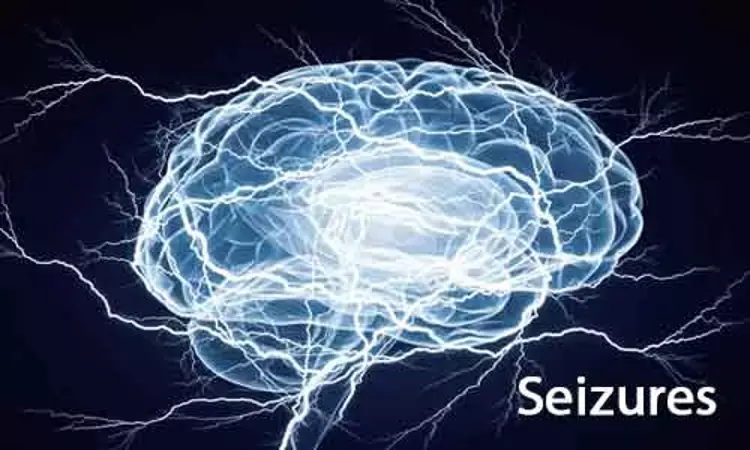- Home
- Medical news & Guidelines
- Anesthesiology
- Cardiology and CTVS
- Critical Care
- Dentistry
- Dermatology
- Diabetes and Endocrinology
- ENT
- Gastroenterology
- Medicine
- Nephrology
- Neurology
- Obstretics-Gynaecology
- Oncology
- Ophthalmology
- Orthopaedics
- Pediatrics-Neonatology
- Psychiatry
- Pulmonology
- Radiology
- Surgery
- Urology
- Laboratory Medicine
- Diet
- Nursing
- Paramedical
- Physiotherapy
- Health news
- Fact Check
- Bone Health Fact Check
- Brain Health Fact Check
- Cancer Related Fact Check
- Child Care Fact Check
- Dental and oral health fact check
- Diabetes and metabolic health fact check
- Diet and Nutrition Fact Check
- Eye and ENT Care Fact Check
- Fitness fact check
- Gut health fact check
- Heart health fact check
- Kidney health fact check
- Medical education fact check
- Men's health fact check
- Respiratory fact check
- Skin and hair care fact check
- Vaccine and Immunization fact check
- Women's health fact check
- AYUSH
- State News
- Andaman and Nicobar Islands
- Andhra Pradesh
- Arunachal Pradesh
- Assam
- Bihar
- Chandigarh
- Chattisgarh
- Dadra and Nagar Haveli
- Daman and Diu
- Delhi
- Goa
- Gujarat
- Haryana
- Himachal Pradesh
- Jammu & Kashmir
- Jharkhand
- Karnataka
- Kerala
- Ladakh
- Lakshadweep
- Madhya Pradesh
- Maharashtra
- Manipur
- Meghalaya
- Mizoram
- Nagaland
- Odisha
- Puducherry
- Punjab
- Rajasthan
- Sikkim
- Tamil Nadu
- Telangana
- Tripura
- Uttar Pradesh
- Uttrakhand
- West Bengal
- Medical Education
- Industry
Wrist-worn devices may forecast seizures in people with epilepsy, study shows

ROCHESTER, Minn. - Despite medications, surgery and neurostimulation devices, many people with epilepsy continue to have seizures. The unpredictable nature of seizures is severely limiting.
Special wristwatch monitoring device when used for six to 12 months may identify patterns allowing about 30 minutes of warning before a seizure occurred, find researchers in a new study.This worked well most of the time for five of six patients studied.
The new research has been published in the journal Scientific Reports.
"Just as a reliable weather forecast helps people plan their activities, so, too, could seizure forecasting help patients living with epilepsy adjust their plans if they knew a seizure was imminent," says Benjamin Brinkmann, Ph.D., an epilepsy scientist at Mayo Clinic and the senior author. "This study using a wrist-worn device shows that providing reliable seizure forecasts for people living with epilepsy is possible without directly measuring brain activity."
In the study, patients with drug-resistant epilepsy and an implanted neurostimulation device that monitors electrical brain activity were given two wrist-worn recording devices and a tablet computer to upload data daily to cloud storage. Patients were instructed to wear one wristband while the other charged. They switched devices at a set time each day. They used the devices while participating in their normal activities, providing unique long-term data for the study.
Information collected from the wearable device included electrical characteristics of the skin, body temperature, blood flow, heart rate and accelerometry data that tracks movement. Data were analyzed with a deep learning neural network approach to artificial intelligence, using an algorithm for time series and frequency analysis. Because the research participants already had an implanted deep brain stimulation device to treat their epilepsy, those neurostimulation devices were used to confirm seizures, allowing the team to measure the accuracy of forecasting by the wrist-worn devices.
While the ability to forecast seizures previously has been shown using implanted brain devices, many patients don't want an invasive implant, Dr. Brinkmann notes.
"We hope this research with wearable devices paves the way toward integrating seizure forecasting into clinical practice in the future," says Dr. Brinkmann, noting that this was a preliminary study and additional patients are recording data to expand this test.
The other authors are Mona Nasseri, Ph.D., Mayo Clinic and University of North Florida; Tal Pal Attia, Mayo Clinic; Boney Joseph, M.B.B.S., Mayo Clinic; Nicholas Gregg, M.D., Mayo Clinic; Ewan Nurse, Ph.D., Seer Medical; Pedro Viana, King's College London; Gregory Worrell, M.D., Ph.D., Mayo Clinic; Matthias Dumpelmann, Ph.D., University of Freiberg; Mark Richardson, Ph.D., King's College; and Dean Freestone, Ph.D., Seer Medical.
This study is part of the Epilepsy Foundation of America's Epilepsy Innovation Institute, and the My Seizure Gauge project, which is an international collaboration aimed at using wearable devices for seizure detection and forecasting in epilepsy. Additional support was provided by the Mayo Clinic Neurology Artificial Intelligence Program.
Dr. Brinkmann has received nonfinancial research support from Medtronic and has licensed intellectual property to Cadence Neuroscience Inc.
https://www.nature.com/articles/s41598-021-01449-2
Hina Zahid Joined Medical Dialogue in 2017 with a passion to work as a Reporter. She coordinates with various national and international journals and association and covers all the stories related to Medical guidelines, Medical Journals, rare medical surgeries as well as all the updates in the medical field. Email: editorial@medicaldialogues.in. Contact no. 011-43720751
Dr Kamal Kant Kohli-MBBS, DTCD- a chest specialist with more than 30 years of practice and a flair for writing clinical articles, Dr Kamal Kant Kohli joined Medical Dialogues as a Chief Editor of Medical News. Besides writing articles, as an editor, he proofreads and verifies all the medical content published on Medical Dialogues including those coming from journals, studies,medical conferences,guidelines etc. Email: drkohli@medicaldialogues.in. Contact no. 011-43720751


